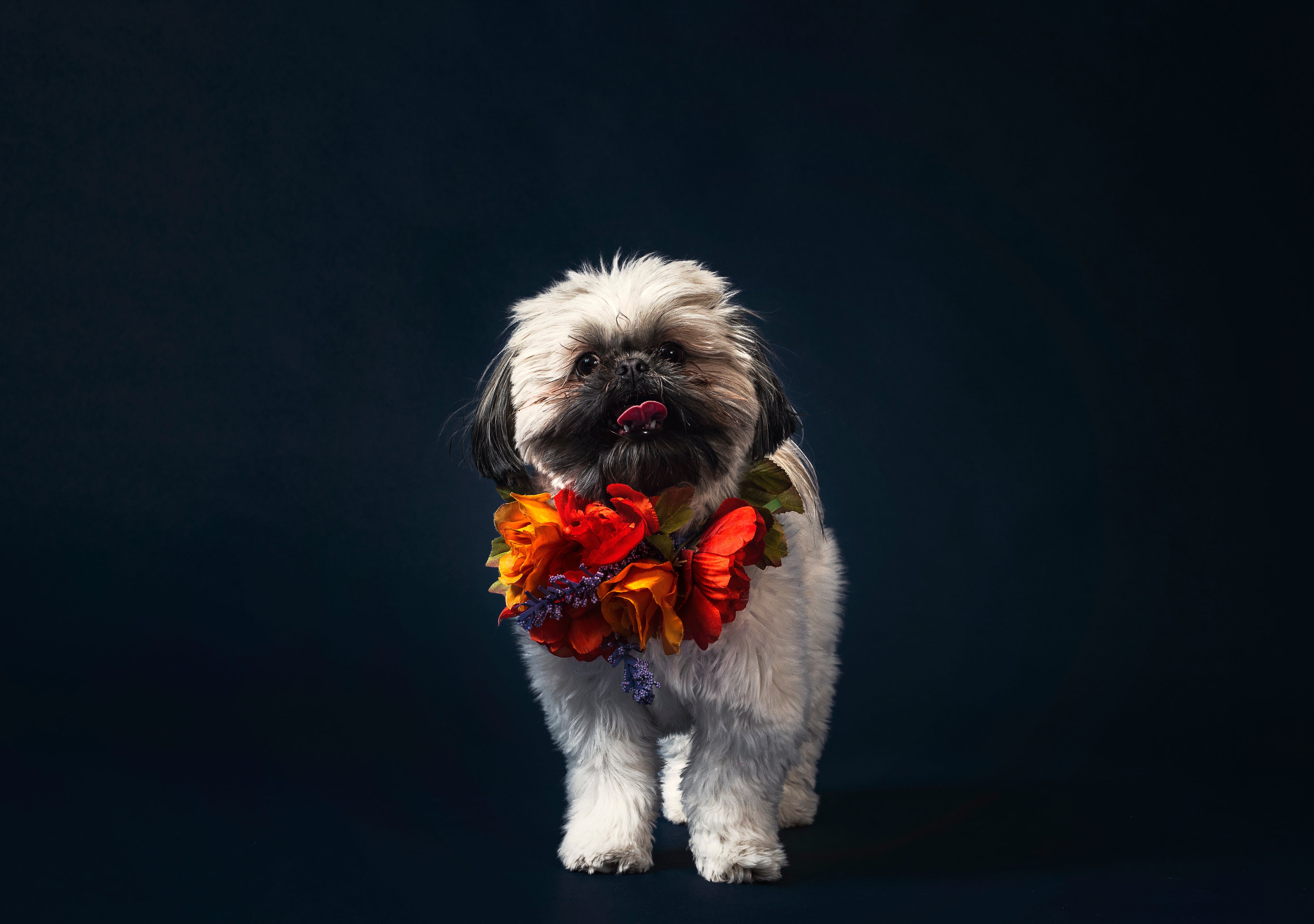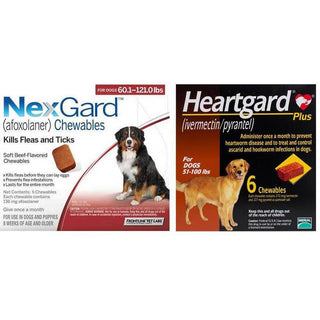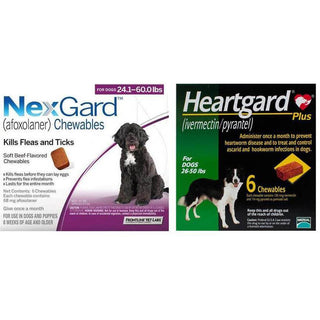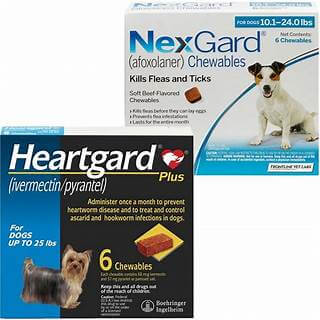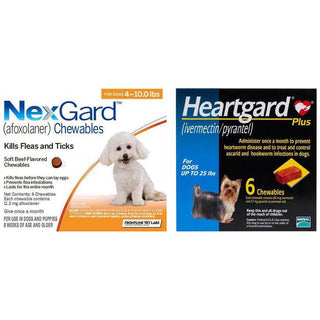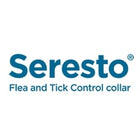
Some dogs enjoy a warm, soapy bath, while others will do anything to stay out of the tub. No matter how your dog feels about bath time, knowing the right way to bathe your dog can help you avoid unnecessary mess and stress.
Whether your dog has gotten dirty from a muddy walk or needs a refresh due to natural odors, regular bathing is essential for their health and hygiene. Learning to bathe your dog properly ensures the process is safe, effective, and as stress-free as possible for you and your pet.
How Often Should You Bathe Your Dog?
Unlike humans, dogs don’t need daily baths. However, regular bathing is important for their hygiene and health. The frequency of dog baths depends on your dog’s breed, coat type, and lifestyle.
Long-haired dogs generally require just two to three baths annually. Frequent bathing can remove essential natural oils from their coat, causing dryness and irritation. In most cases, a simple paw rinse is sufficient unless they suffer from a skin issue, pick up something smelly, or start to emit an unusual odor.
Short-haired dogs can also go longer without a bath unless they get particularly dirty or smelly. For most short-haired breeds, bathing once a month is usually sufficient.
Dogs with water-repellent or thick coats benefit from fewer baths as well. Bathing your dogs too often can remove essential oils, leading to skin irritation. It’s best to bathe your dog only when necessary to maintain a healthy, shiny coat.
How to Prepare for Bathing Your Dog
Before starting, having the right supplies and setup makes the process smoother and stress-free for both you and your dog.
Choose a Dog-Friendly Shampoo
Always use shampoos formulated for dogs, as human shampoos can irritate their skin. Look for shampoos with a neutral pH balance and avoid artificial colors or fragrances.
Pick the Right Spot
For small dogs, a sink is a convenient option, while bigger breeds are better suited to a bathtub or shower area. To avoid slipping, lay a towel or rubber mat on the bottom. Select a location where your dog feels comfortable and safe to help minimize stress.
Gather Your Supplies
Have everything ready before you begin—clean towels, shampoo, and a cup or handheld sprayer for rinsing. Close doors to prevent your dog from making a quick escape!
Step-by-Step Guide to Bathing Your Dog
Calm and Reassure Your Dog
Speak in a soothing voice to help your dog relax before, during, and after the bath. Positive reinforcement, like treats, can also make bath time easier.
Brush Your Dog’s Coat
Removing tangles and mats beforehand helps prevent irritation. Matted fur traps water, which can cause skin discomfort.
Test the Water Temperature
Always use warm water—never hot—and be sure to check the temperature before you start rinsing your dog.
Wet Your Dog Thoroughly
Start by soaking the body, ensuring the fur is fully wet, especially in dense areas like under the belly.
Apply Dog Shampoo
Use a small amount and work it into a lather, avoiding the head and face. Focus on the body, legs, and tail.
Clean Your Dog’s Face Gently
Use a damp cloth to wipe the face—never apply shampoo directly to this sensitive area.
Rinse Completely
Leftover shampoo can irritate the skin, so rinse thoroughly with warm water until no soap remains.
Dry Your Dog
Towel dry thoroughly. If using a blow dryer, set it to the coolest setting, keep it at a distance, and move it around to avoid overheating any one spot.
Reward Your Dog
After the bath, give your dog plenty of praise and a treat to reinforce a positive bathing experience.
Expert Dog Bathing Tips
- Don’t Rush: Take your time; hurrying can make your dog nervous.
- Pre-Bath Walk: A walk before bath time helps your dog release energy, making them calmer during the bath.
- Groom Before Bathing: Brushing beforehand reduces shedding and prevents matting.
- Use the Right Bath Size: A sink or baby tub works for small dogs, while larger breeds may need a full bathtub or shower.
- Expect the Shake: Be ready for your dog to shake off the water—have towels nearby and remove items that could get wet.
- Get Help if Needed: Having another person assist can make bath time easier, especially for larger or more anxious dogs.
By following these tips and best practices, you’ll ensure your dog stays clean and healthy while making bath time a stress-free experience for both of you.

